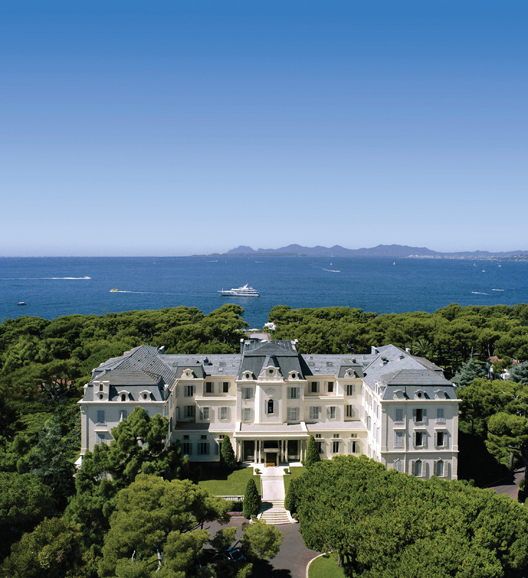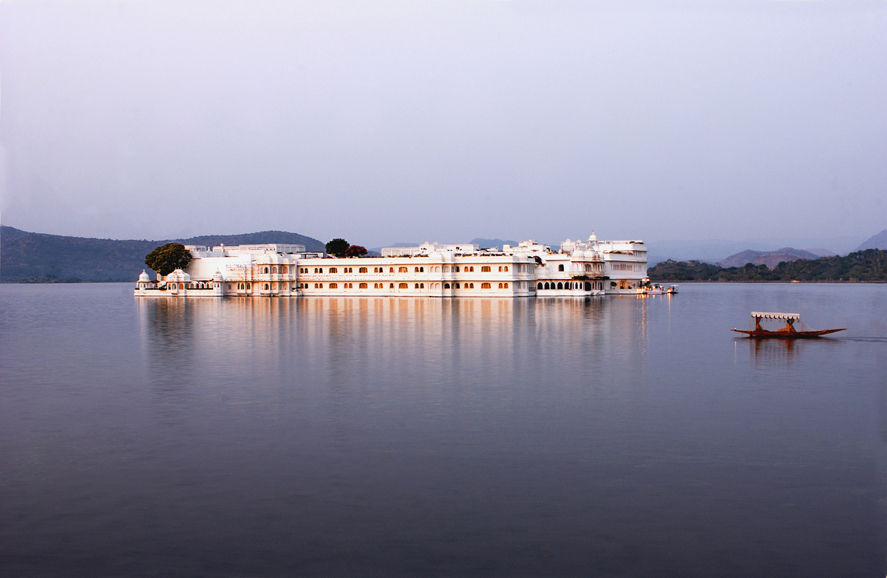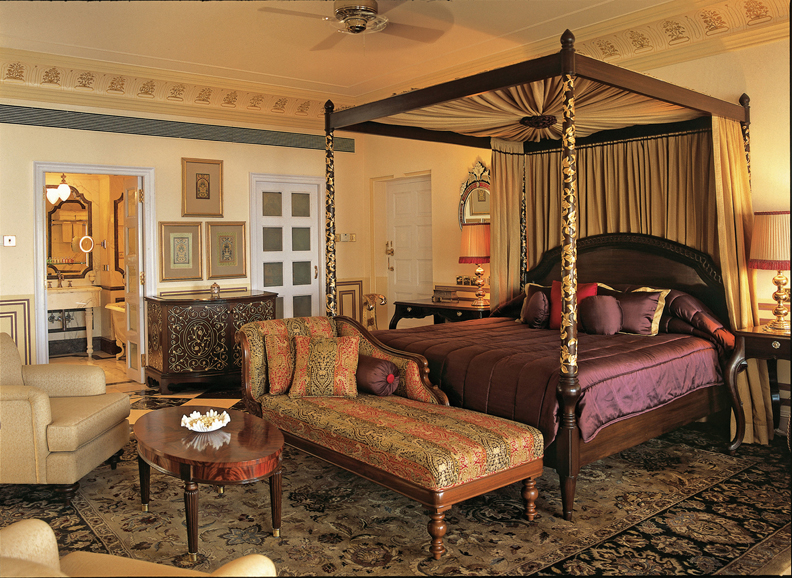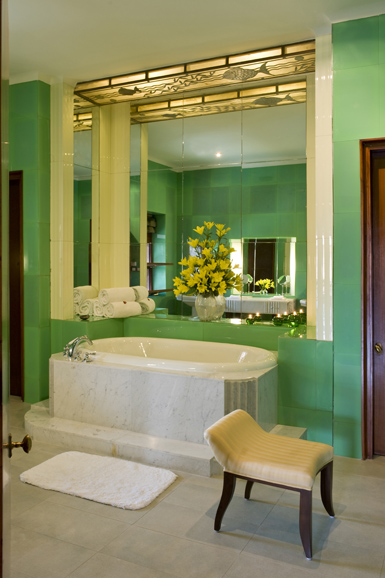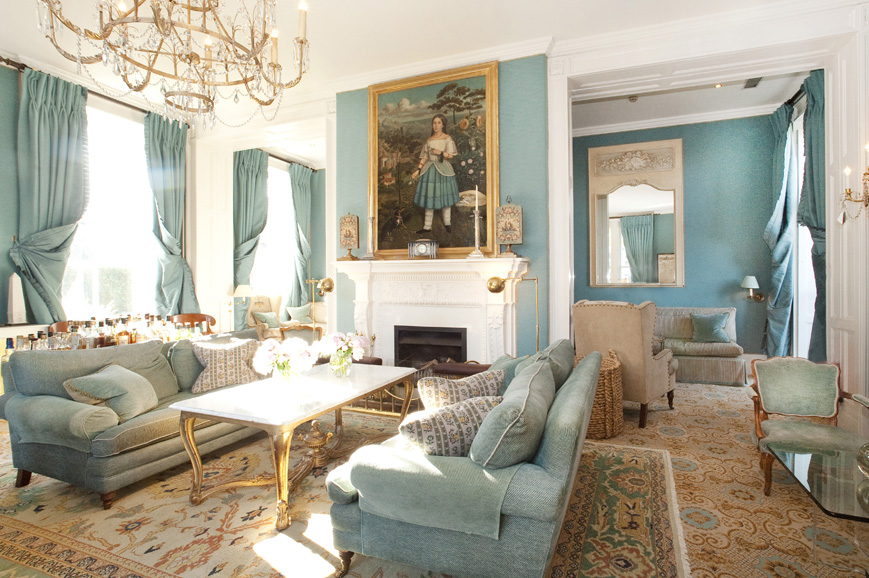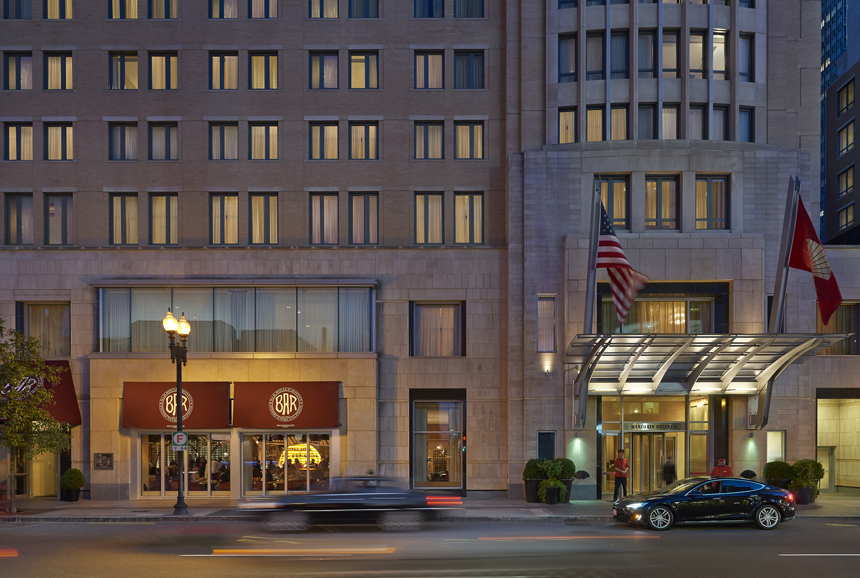The trouble with romance — commercialized, sanitized and wrapped in absorbent cotton for Feb. 14 — is that it’s desperately unromantic. The candlelit dinner, the Spumante on ice, the single red rose — well pass me the sick bag, if you wouldn’t mind. Just pity poor old St. Valentine, who, it turns out, had nothing whatsoever to do with his eponymous day. He must be spinning in his grave.
Now don’t get me wrong, I’m all for love and romance. But I want it spirited and hot-blooded or gentle and time-tested. It’s the pap and schmaltz in the middle I’m not keen on.
At the beautiful Summer Lodge Country House Hotel and Spa in Evershot in the English county of Dorset, the backdrop of Thomas Hardy’s novels, I’ve only to walk out the back door and into the village to feel I could bump into Gabriel Oak or Bathsheba Everdene — “Far From the Madding Crowd,” as it were — or spy a hapless Tess of the d’Urbervilles scuttling along the road. Meanwhile, John Fowles’ French Lieutenant and his woman play out their drama just a few miles south of Evershot, along the Cobb in Lyme Regis. Fictional love abounds in this romantic neck of the woods.
What, I ask myself, could be more romantic than a night at the 16th century Black Swan Helmsley on the Yorkshire Moors? Look out of your bedroom window and you can practically feel the presence of Catherine and Heathcliff, the visceral lovers in Emily Brontë’s “Wuthering Heights,” or see sister Charlotte’s Jane Eyre fleeing from the love-mad Mr. Rochester.
In France, they get romance. True romance, I mean, not the tinselly stuff. Consider the tragic Abelard and Héloïse, or Gustave Flaubert’s Madame Bovary or Claude Lelouche’s film “Un Homme et Une Femme,” set to Francis Lai’s pulsating score. (Yes, I admit that Anouk Aimee and Jean-Louis Trintignant do sit in that car for what seems like an eternity with the windshield wipers going back and forth ad nauseam, but it’s pure romance all right.)
Down in the south of France, meanwhile, I was lucky enough to have dinner toward the end of last year at the Hôtel du Cap-Eden-Roc in Cap d’Antibes, which was the model for the fictional Gausse’s Hôtel des Étrangers in F. Scott Fitzgerald’s “Tender is the Night.” Goodness, you could just sense the ghosts — friendly ghosts — of Nicole and Dick Diver, the Hollywood starlet Rosemary Hoyt, swashbuckling Tommy Barban and all the dramatis personae stalking the property. I promptly reread the book.
In Florence, I always fancied that the captivating but reassuringly simple Pensione Tornabuoni was the setting for E.M Forster’s “A Room With a View.” That particular pensione has in recent years become rather grand, upgrading itself to the Hotel Tornabuoni Beacci, but you can still easily imagine yourself a Lucy Honeychurch or George Emerson on the brink of young love as you stand at one of the Tornabuoni’s windows, overlooking the city and its rooftops.
Remember Elizabeth Taylor and Richard Burton in “The Sandpiper,” she as the free-spirited Laura Reynolds, he as Dr. Edward Hewitt, the conventional headmaster? What unbridled passion beneath the poised exteriors. Get off the beaten track in Southern California, find a little guest house (The Venice Beach House will do) and maybe a deserted cove, and you’ll feel their presence palpably. It’s the same in Puerto Vallarta. Burton again, this time in Tennessee Williams’ “The Night of The Iguana,” torn between the fiery Ava Gardner and demure Deborah Kerr (to say nothing of his love affair with the bottle). These days luxury hotels abound in Puerto Vallarta, and the adults-only Hotel Mousai would make a great Valentine’s getaway — but really you need only a moonlit night and the chirp of cicadas for romance to cast its spell down Mexico way.
India, to my mind, also has romance wound into its DNA, with hotels like the peerless Lake Palace in Udaipur — floating, so it seems, in space — or the Umaid Bhawan Palace in Jodhpur, built for the present maharaja’s grandfather. Passionate, often proscribed, love bursts forth from the literature — think of Paul Scott’s “The Raj Quartet,” or Ruth Prawer Jhabvala’s “Heat and Dust,” or Siddharth Dhanvant Shanghvi’s “The Lost Flamingoes of Bombay.” I can’t walk past a garden or pavilion in a provincial town in India after dark and not think of the fictional Daphne Manners and her doomed affair with Hari Kumar (“The Jewel in the Crown,” the first novel in “The Raj Quartet”), while not forgetting that India’s greatest tourist attraction, the 17th-century Taj Mahal, was built as an expression of sublime love.
So it’s ironic, at least in the light of all I have said above, that a novel released on Valentine’s Day in 1970, a clever and calculated PR exercise if ever there was one, turned out to be one of the best love stories ever written. Has Erich Segal’s “Love Story” stood the test of time? It certainly has. This old sap can’t read it without a box of tissues at the ready.
On a recent visit to Boston, I could not walk out of the Mandarin Oriental hotel where I was staying (itself a contender for the city’s most “romantic” hotel, with its glorious flower arrangements and original modern art collection) without seeing Oliver and Jenny in my mind’s eye, walking hand-in-hand on those snowy, blowy blocks. The novel also has what could possibly be the best closing sentence in all literature — and it’s only two words long. If you’ve never read “Love Story” or can’t remember it, then now’s the time for a read (or reread.)
Happy Valentine’s to one and all, and never be cynical about love.

